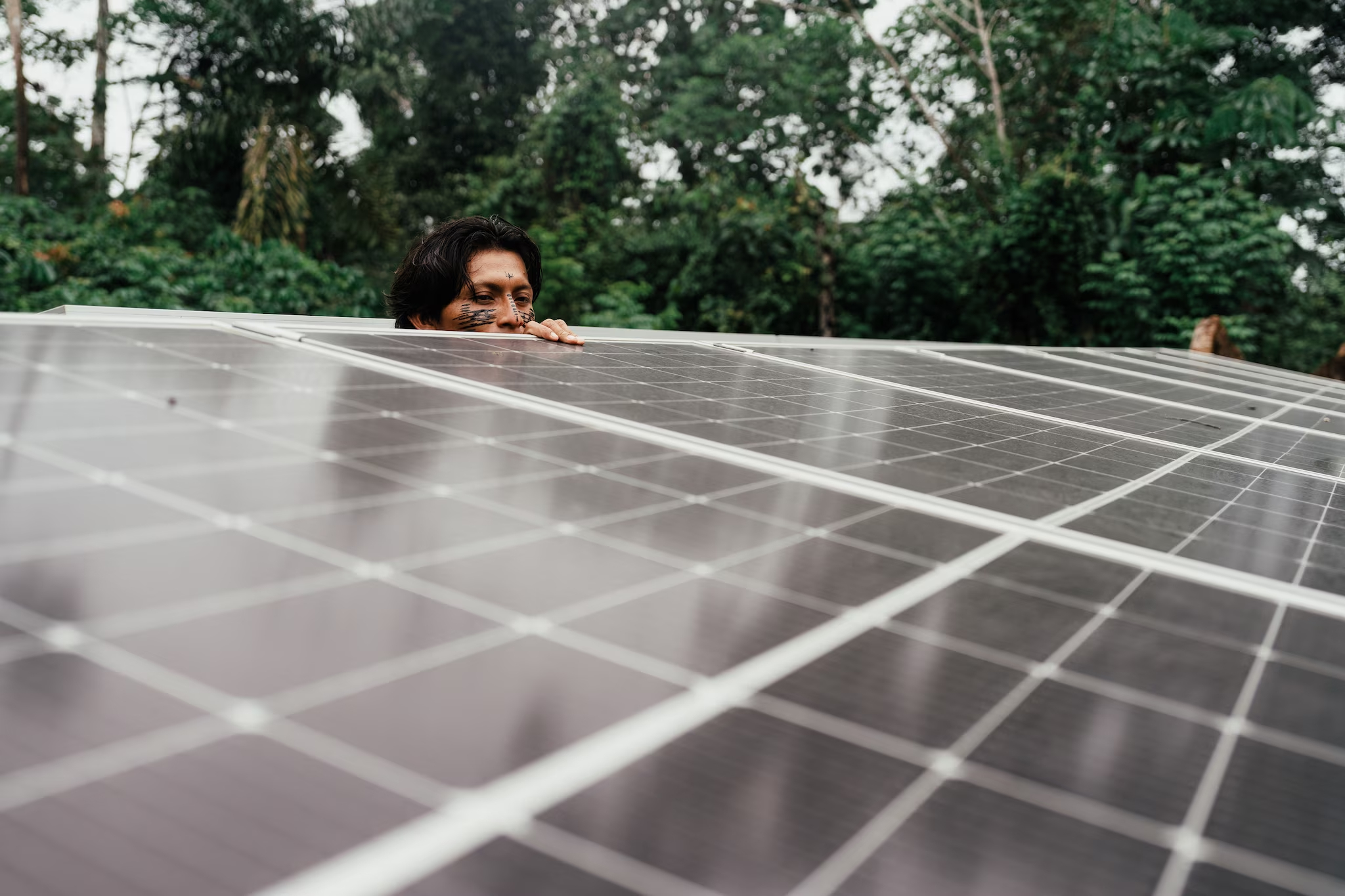In the Amazon, a new way to live off nature
time:2024-03-11 10:09:18 Views:0 author:Jinan Freakin Power Ltd.
SHARAMENTSA, Ecuador — More than 20 years ago, Nantu Canelos had a vision. The Indigenous leader saw in dreams how the wooden huts in this secluded Amazonian community glowed from within as night enveloped the lush, surrounding jungle. This village of 100 people is enclosed by some of Ecuador’s biggest oil reserves. For more than 40 years, the local Indigenous people, the Achuar, have been advocating to stop oil development, which has ravaged large swaths of the Ecuadorian Amazon. But even as they fought against fossil fuels, gasoline was their only option to light their homes and power the boats tied to their livelihood. This area has the thinnest electric coverage in the country.

But now a smattering of solar panels across 12 villages in a couple of Ecuador’s deeply forested eastern provinces are making Canelos’s vision materialize. Every morning, before dawn, his people pass around a bowl of wayusa, a traditional drink made from a local plant that helps bring their dreams into focus. In them, they believe, lies the path of their communities’ future. Now solar power is shaping how they go about daily life in ways big and small, from how they get to work to how they negotiate their connections to the world beyond the Amazon.
In this secluded part of the jungle where there are no roads, rivers are the highways. “Peque peques,” the commonly used small gasoline-powered boats, announce their arrival from several kilometers away. Now their roar is giving way to the silent glide of solar boats. These vessels move more slowly and leave no trace of gasoline in the water — another plus for communities that rely on the river for drinking water, to bathe and to prepare food. Loaded with panels on their roofs, four boats now circulate across 12 Achuar communities near the border with Peru. Kara Solar, a nonprofit organization that promotes solar energy in this region, gave local residents the boats, which they are in charge of building, fixing and running. The group, which is funded by outside donations, wants to add 10 more boats over the next two years. Every Saturday, Domingo Mukucham takes passengers back and forth from Wichimi, a small village of 43 families deep in the forest, to Nunkui Port in Taisha, the nearest town. Before, people had to pay $10 for a peque peque trip or walk seven hours to get there. The ride in the solar boat, dubbed Wampi after a local fish, takes four hours and is free.
This helps family budgets go further. Mothers can collect government help in Taisha and sell bananas and cassava, or buy medicine and clothes for their kids. And children now have a safe way to get to school. Before, they had to cross a rickety suspension bridge. When it rained, they covered themselves with large banana leaves, though the biggest risk was falling into the river. Now, the number of children who show up to school from nearby communities has more than doubled, said Nella Atamain, who teaches math, literature and art.
For years, Las Tunas school in Kapawi, an Achuar community 30 minutes from Wichimi by plane, had monitors and computers but no electricity to run them. The only way to power up in most of these villages is through gasoline generators. Running one for a few hours a day can cost up to $100 a month — an unaffordable luxury for families that survive on an average monthly income of $90. The province of Pastaza, where Kapawi sits, is one of the poorest in Ecuador, with more than 60 percent of its residents living on less than $3 per day. But last year, armed with drills and cables, a cadre of Achuar technicians hooked up the school to solar panels donated by Kara Solar. Satellite technology, also powered by the sun, powers a WiFi network.




